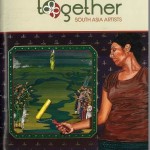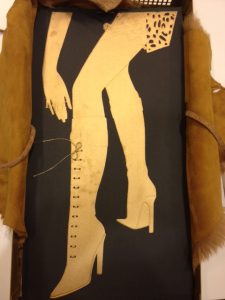
Most art history students have had to tackle an assignment that requires researching a contemporary artist. Quickly, it becomes clear that the research of contemporary artists involves a different research process than more seasoned artists. The resources that students would normally access first, such as catalogue raisonnés or retrospective exhibition catalogues, most likely do not exist yet. So, what sources are available to researchers of contemporary art and how does a contemporary art museum library cater to those needs? These are questions we ask ourselves when building and managing our collection.





